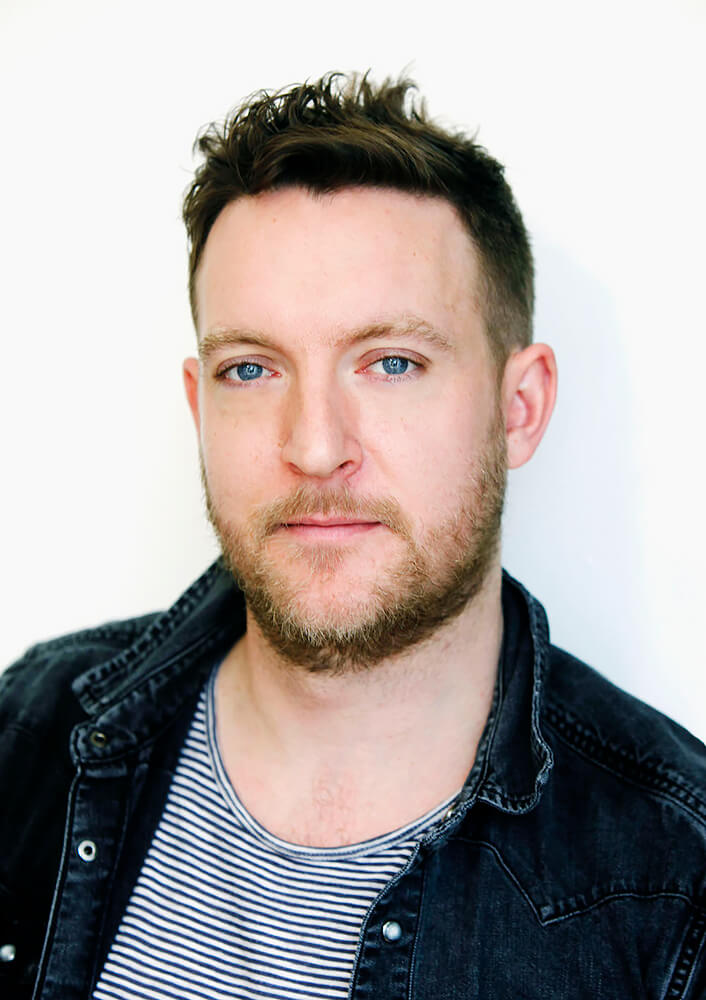Jon Enoch discovered his love of photography on a round-the-world-trip, which he won in a competition while in his first year of university, studying geography. He bought a simple point-and-shoot camera and discovered a passion and a skill for portrait and lifestyle photography - looking for an unusual shot, rather than a standard tourist snap.
He returned to university to complete his degree in geography, but was still out every weekend working on his own portraiture projects. After he left university, he did a one year course in newspaper photography and began a career in press photography.
Jon started developing his bold portraiture style while freelancing at The Times, and now specialises in photo shoots for CEOs, sportspeople and celebrities, as well as advertising and lifestyle shoots.
Describing his work as 'bold and uncomplicated', Jon loves playing with light, and how it affects the mood of the work.
Jon still works on his own personal projects, and his 'Bikes of Hanoi' set of street images of moped delivery drivers earned him numerous industry accolades and awards, including the, Sony World Photography Awards 2020, Smithsonian Grand Prize Winner 2020, Portraits of Humanity 2020; Lens Culture Portrait Prize 2020 and a gold at the Prix de la Photographie Paris.
Statement
Jon said: "I continue to develop my skills and my style at every opportunity I get. I had some great personal photography projects in the planning before Covid-19 hit, so hopefully I will get to pick up those plans again before long.
During the UK lockdown, I spent my time developing my directing skills. Mixing stills and moving images is something clients increasingly want and I find it an interesting creative challenge. The two worlds are in many ways so similar but at times so different. Being able to tackle both is something I really enjoy. Essentially I want to take stunning images that people connect with. "
Exclusive Interview with Jon Enoch